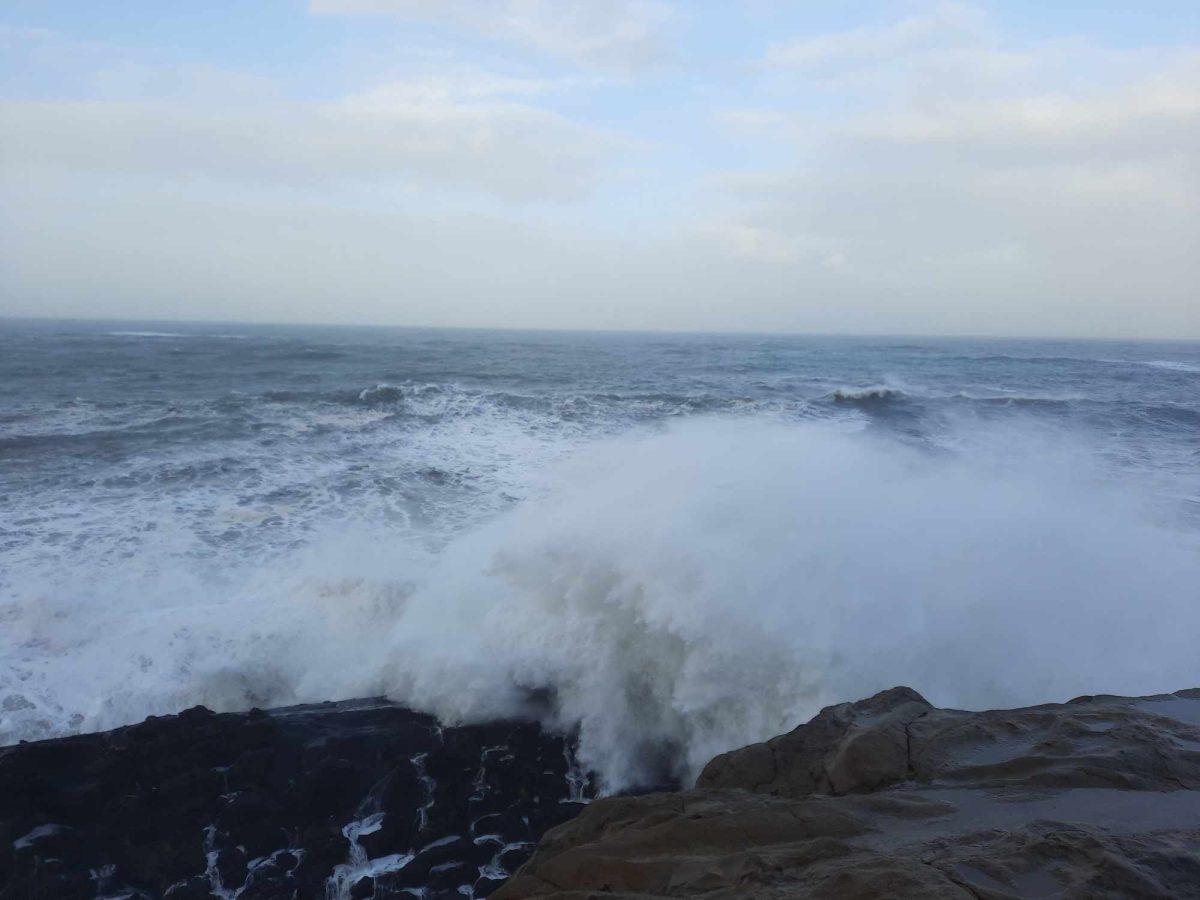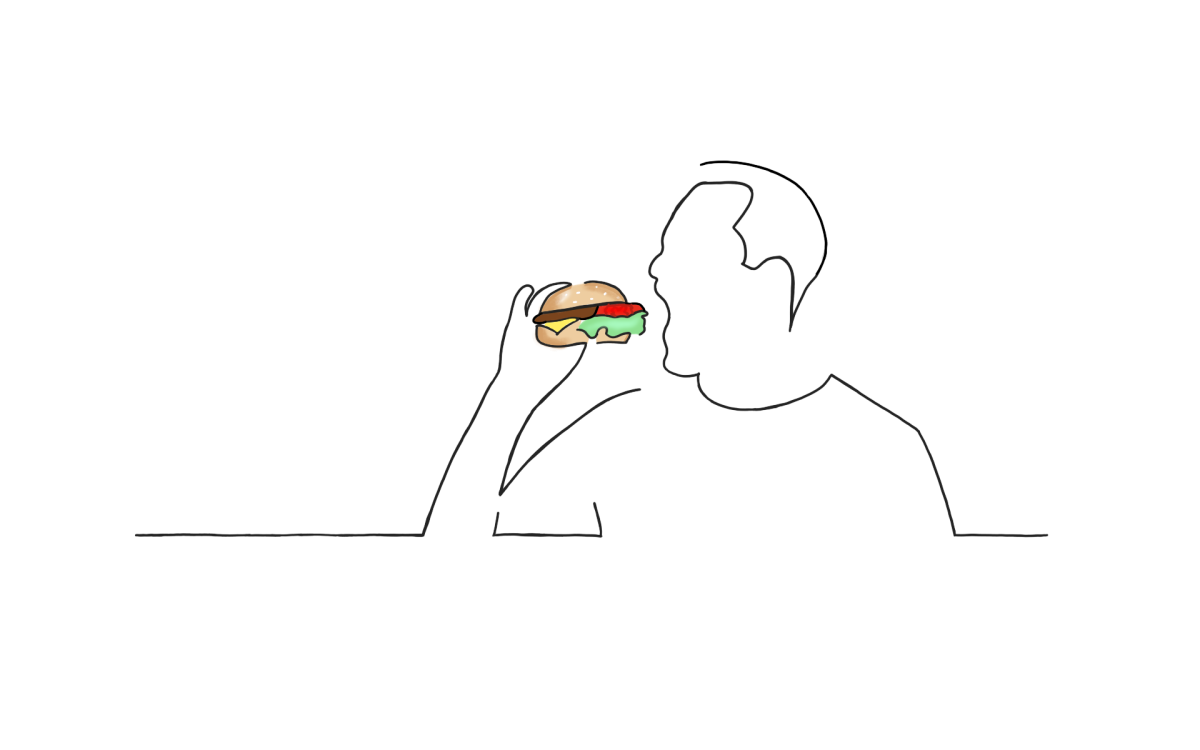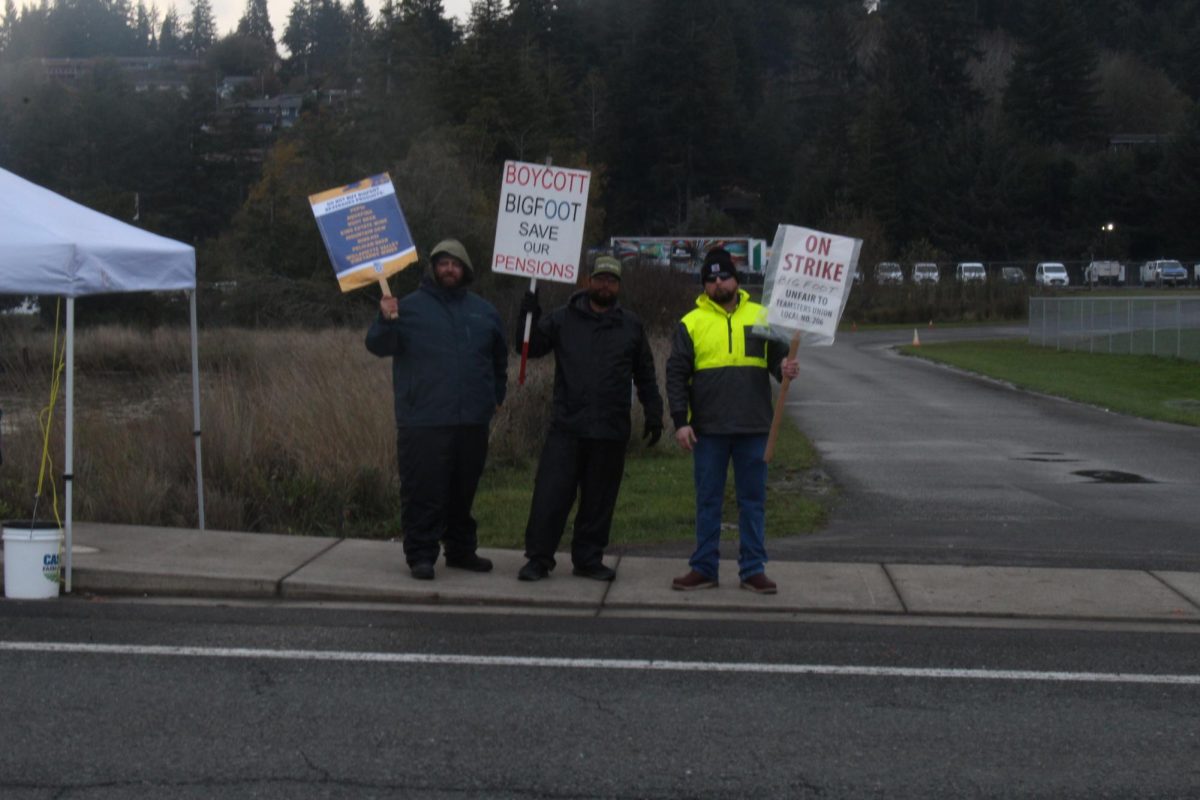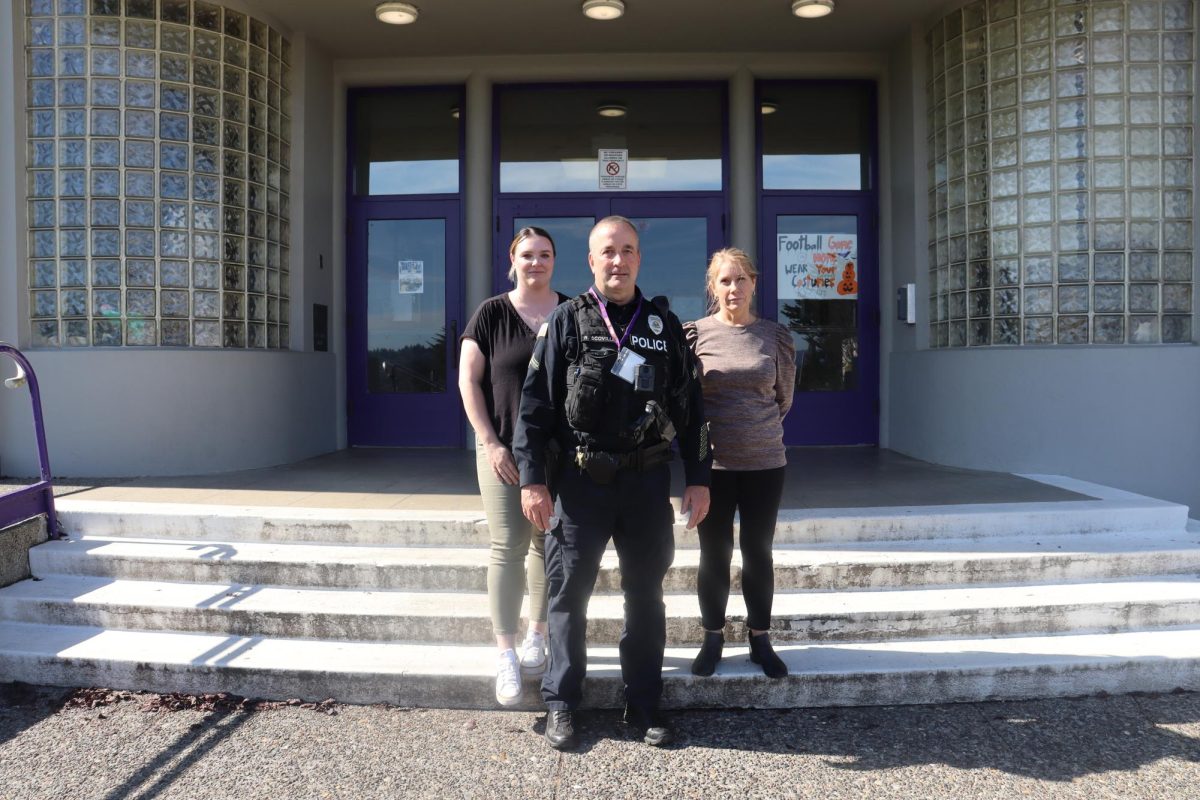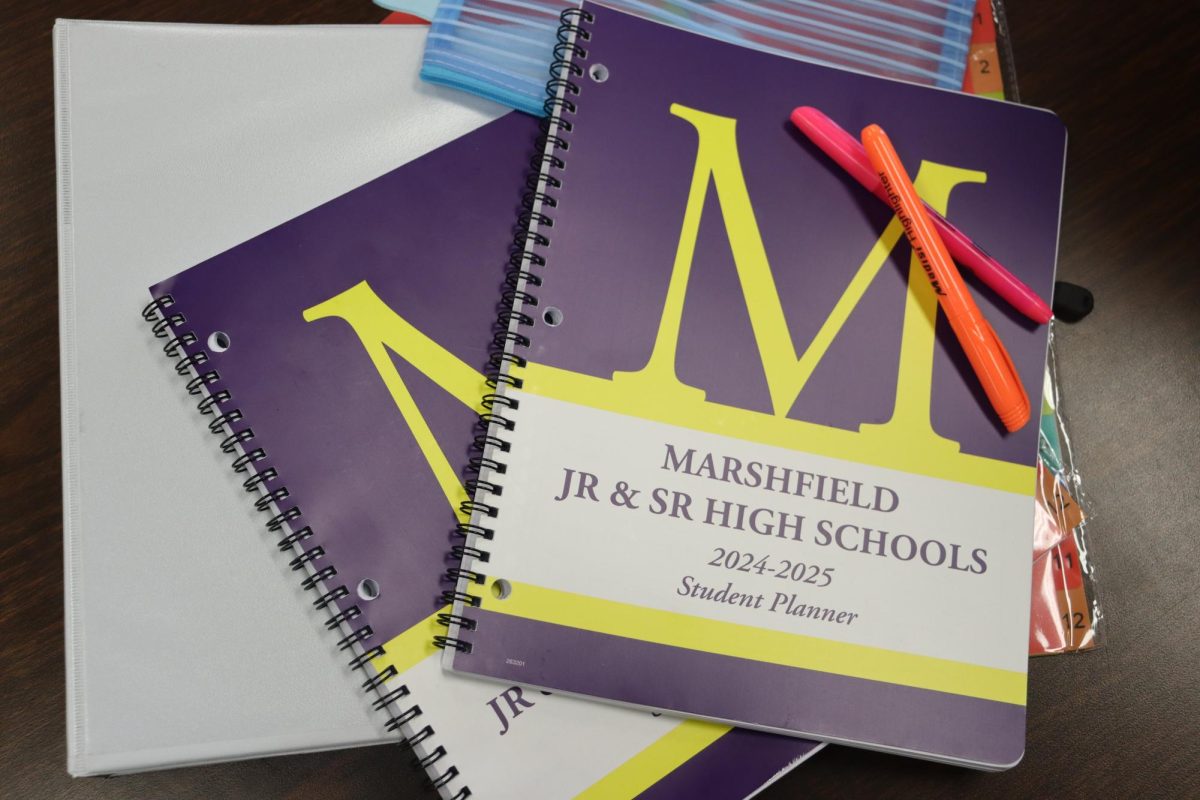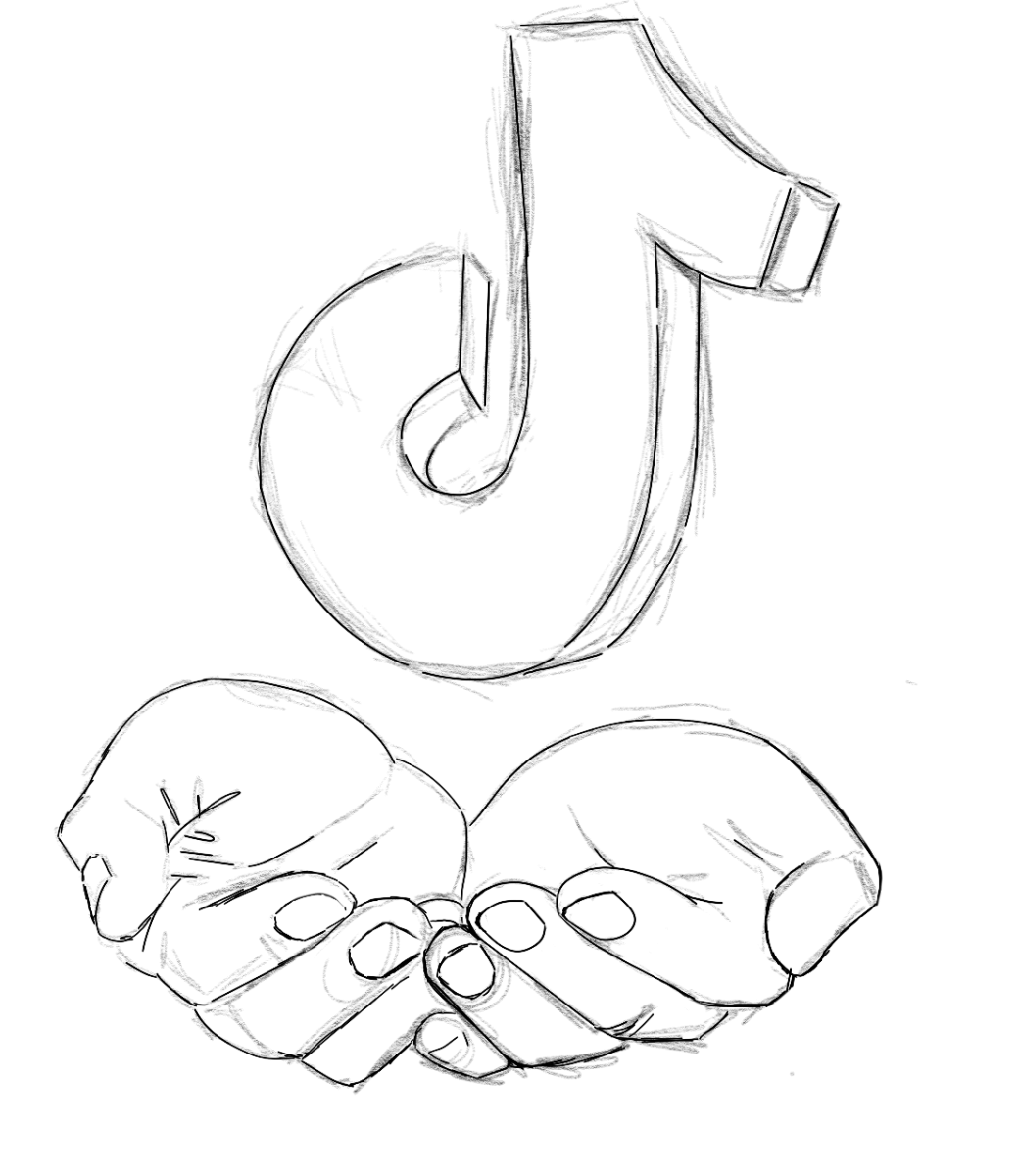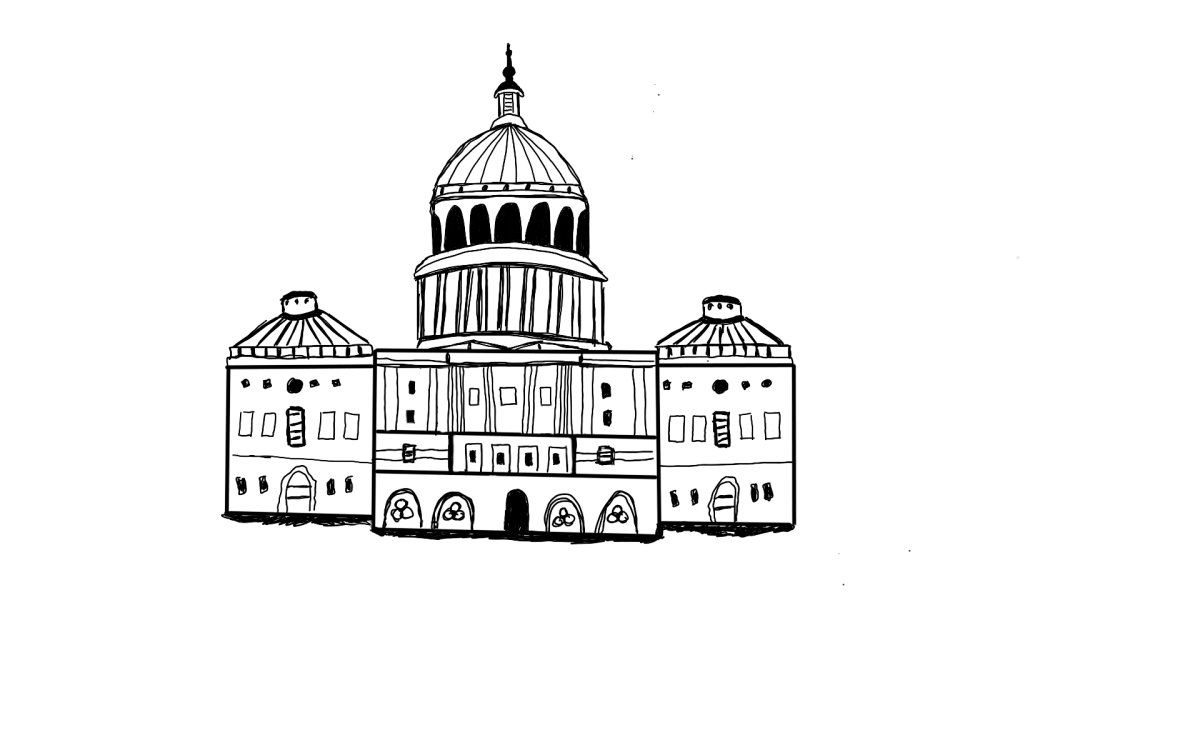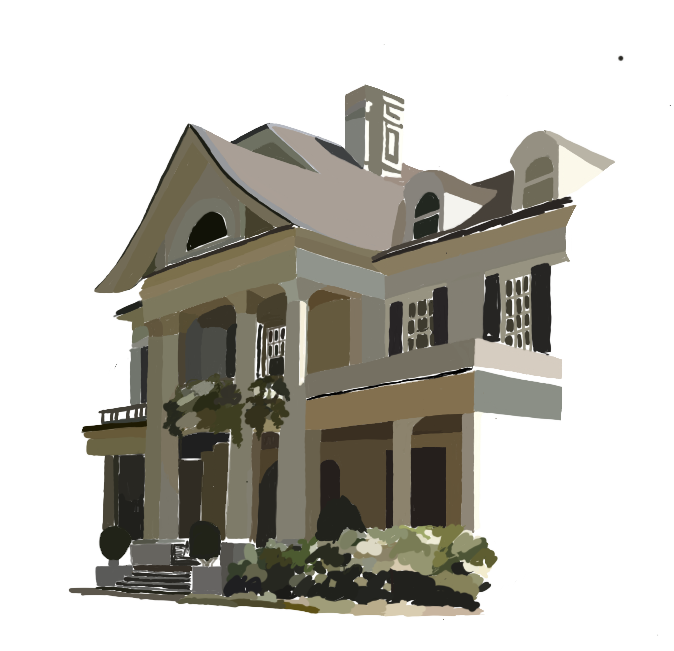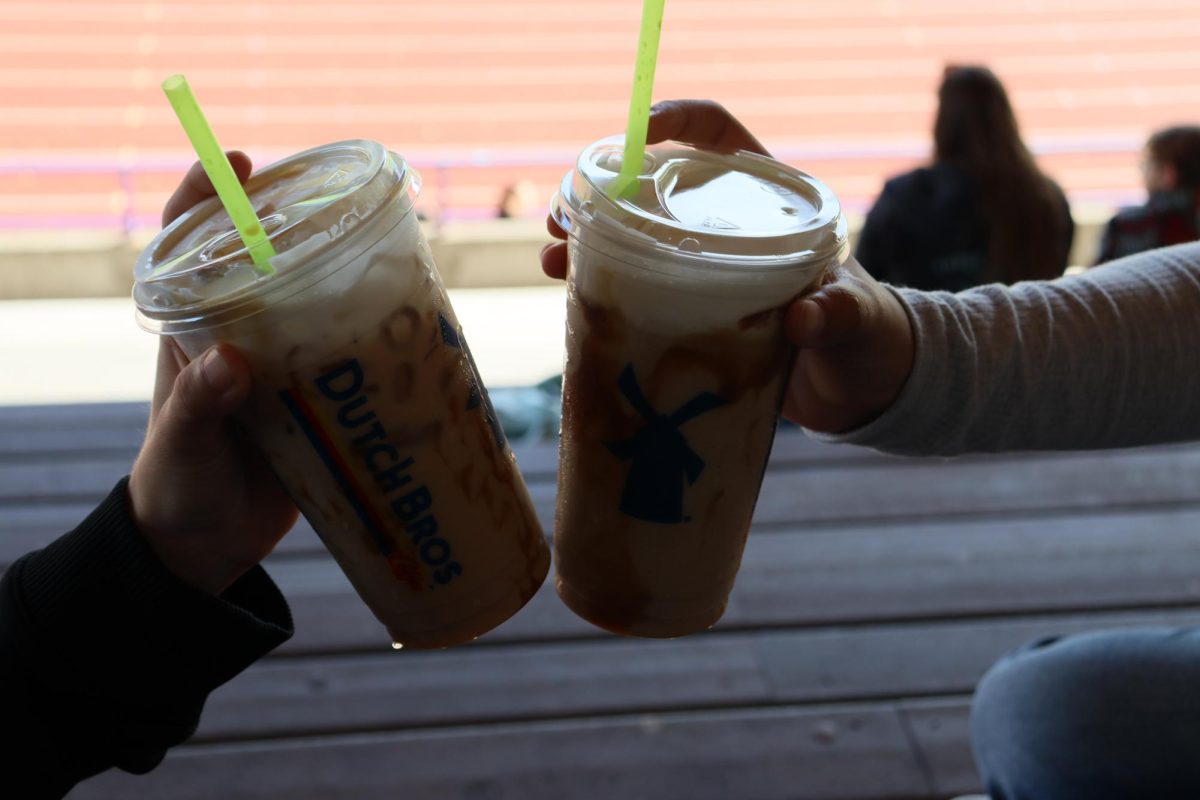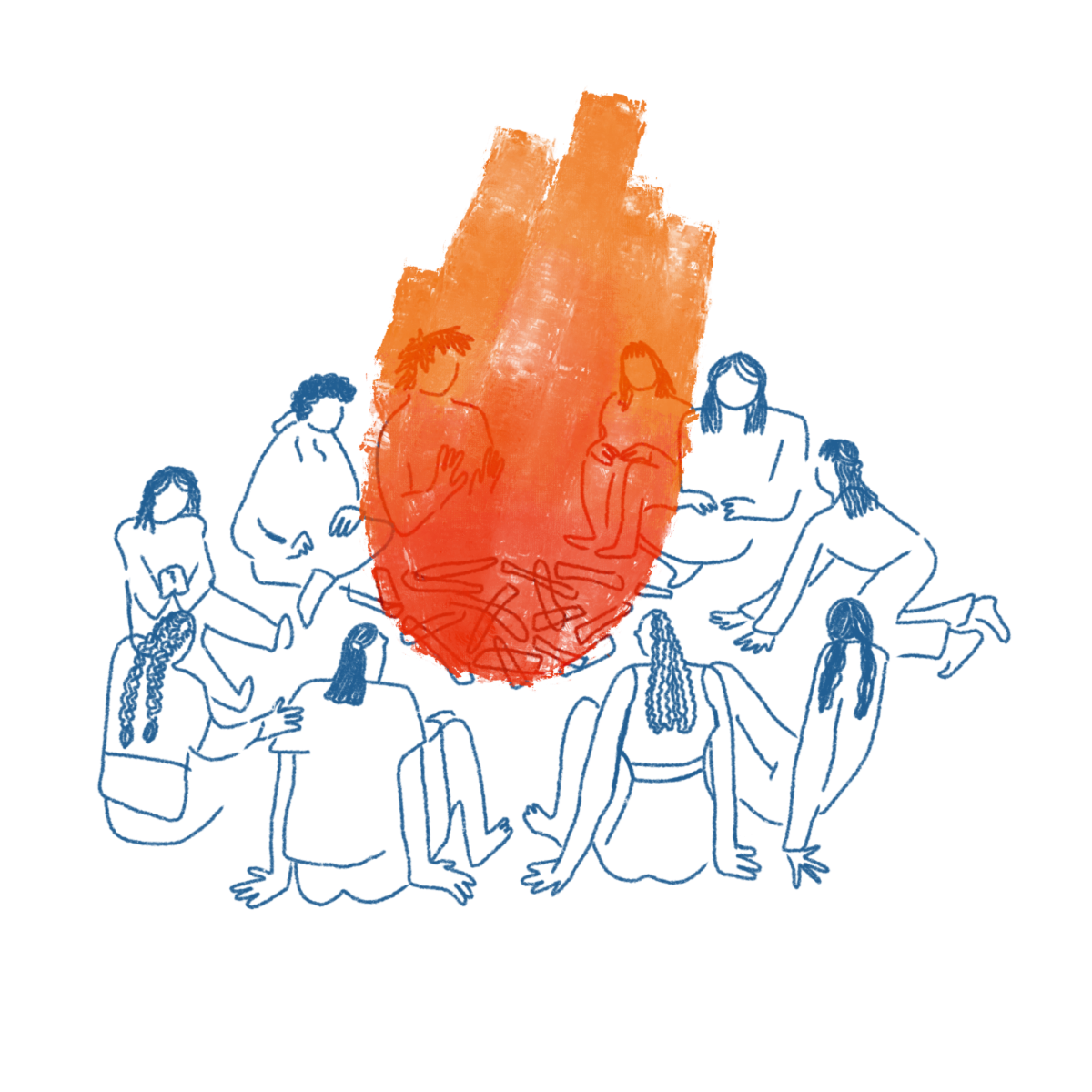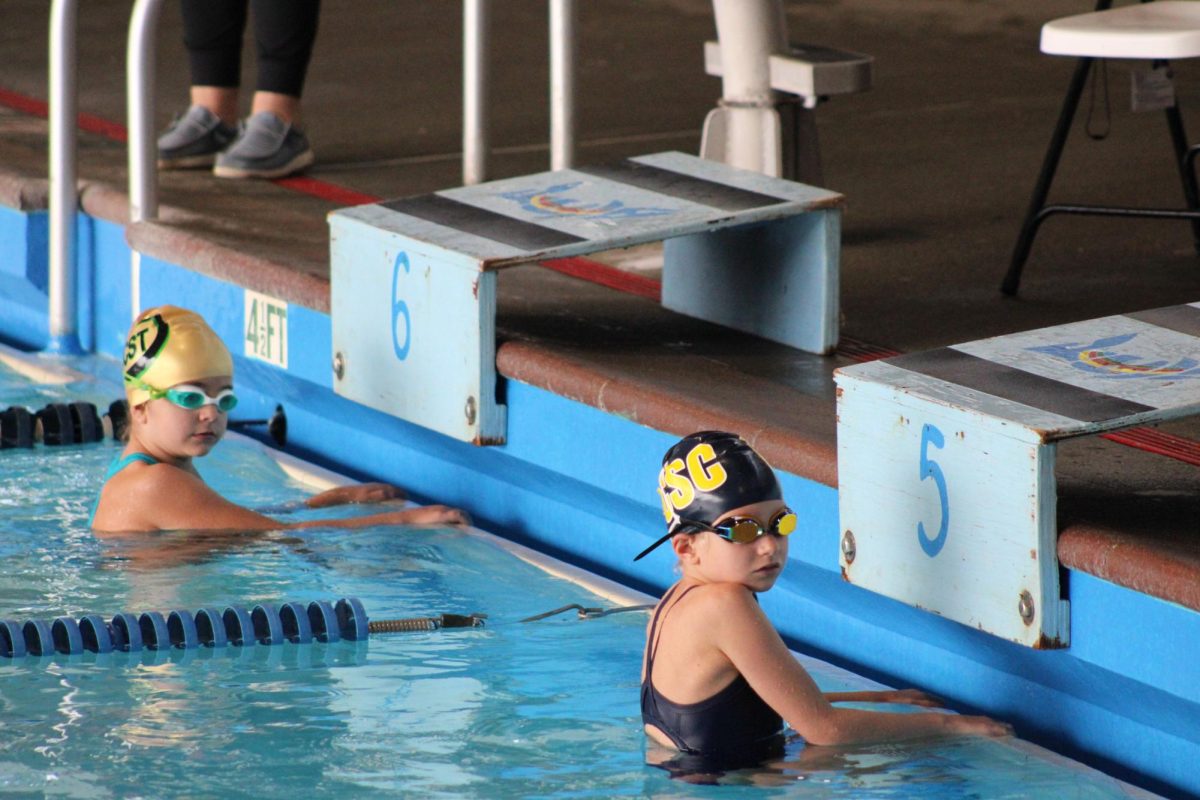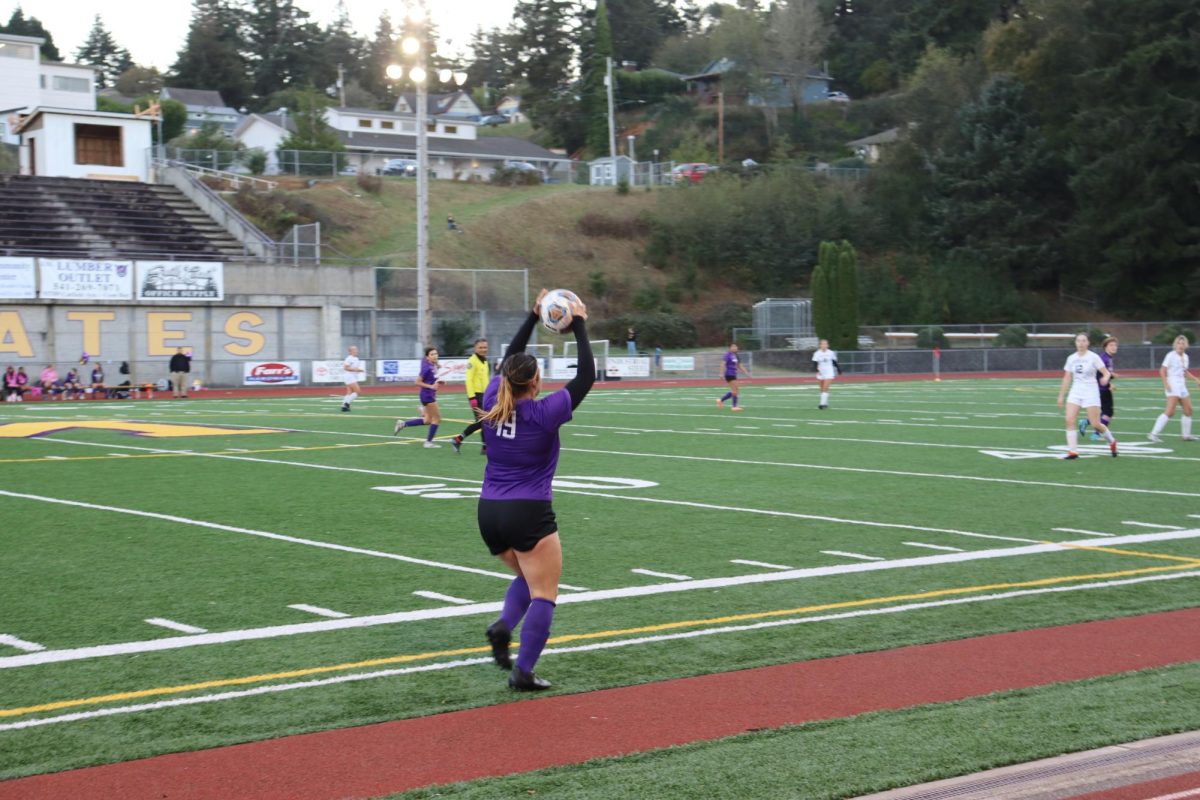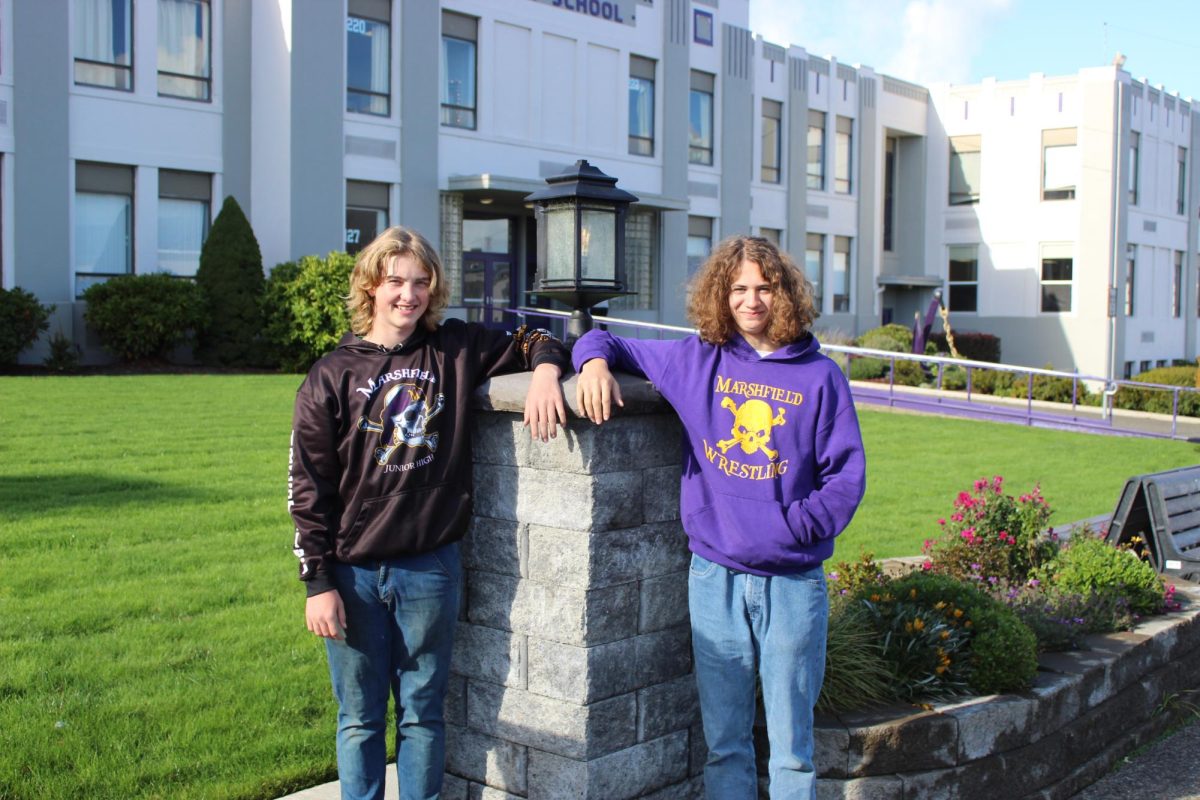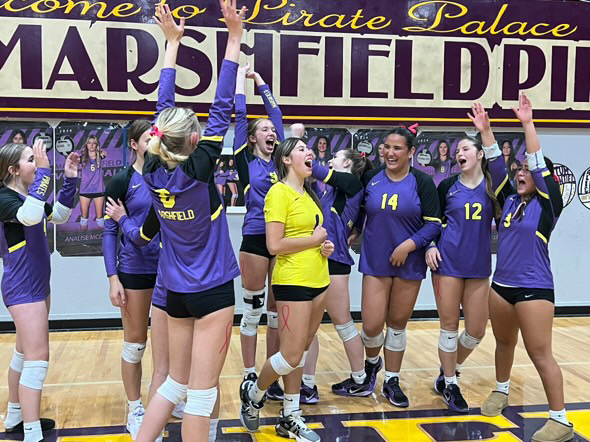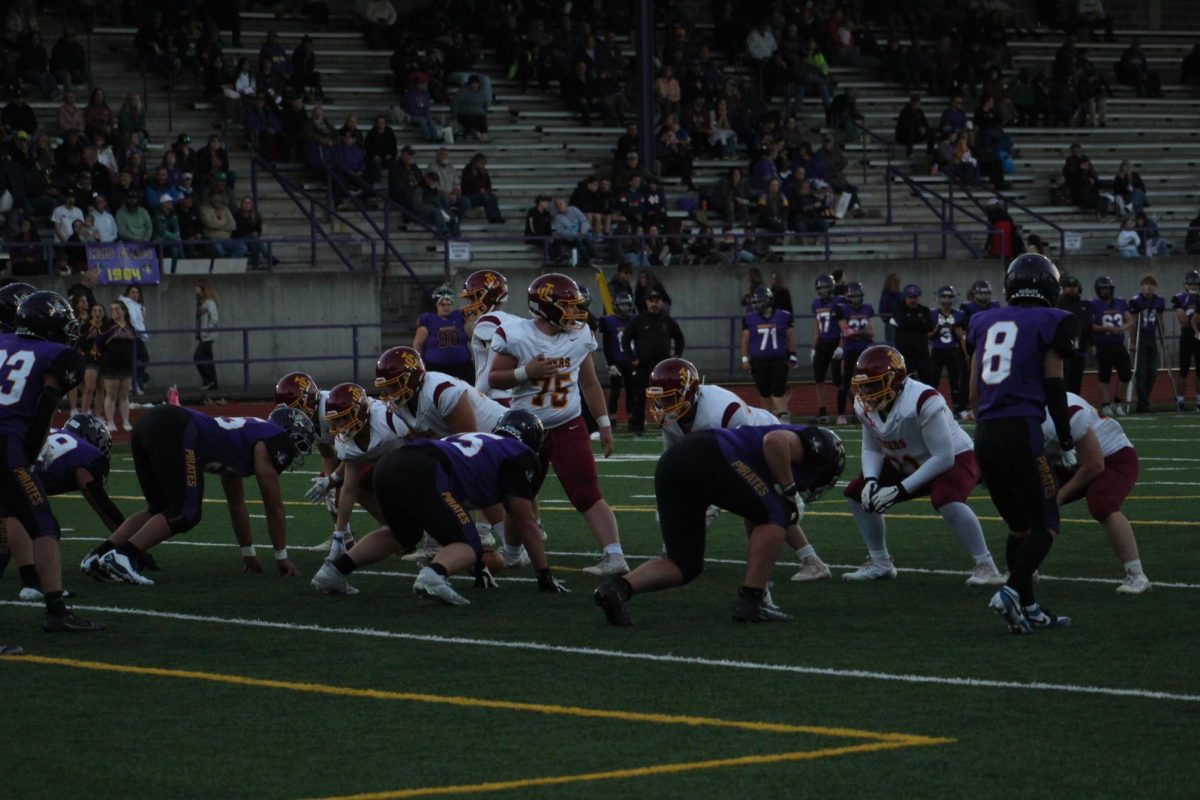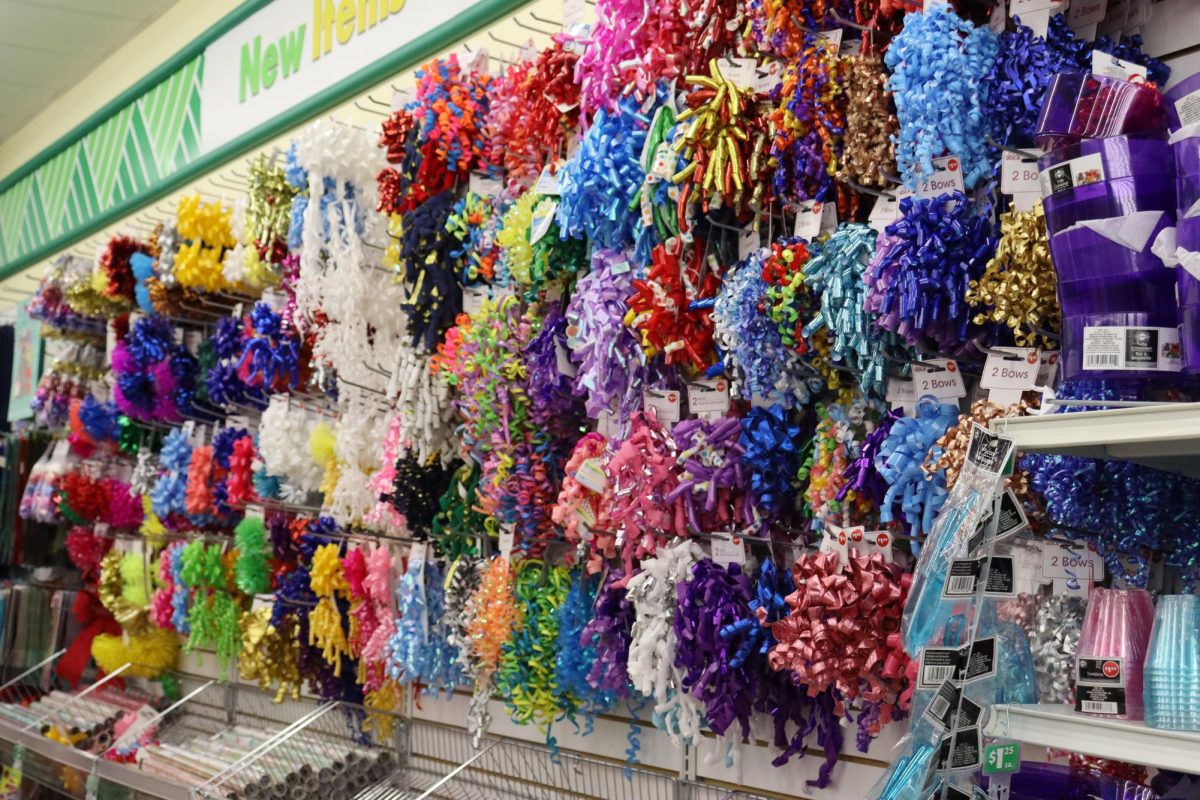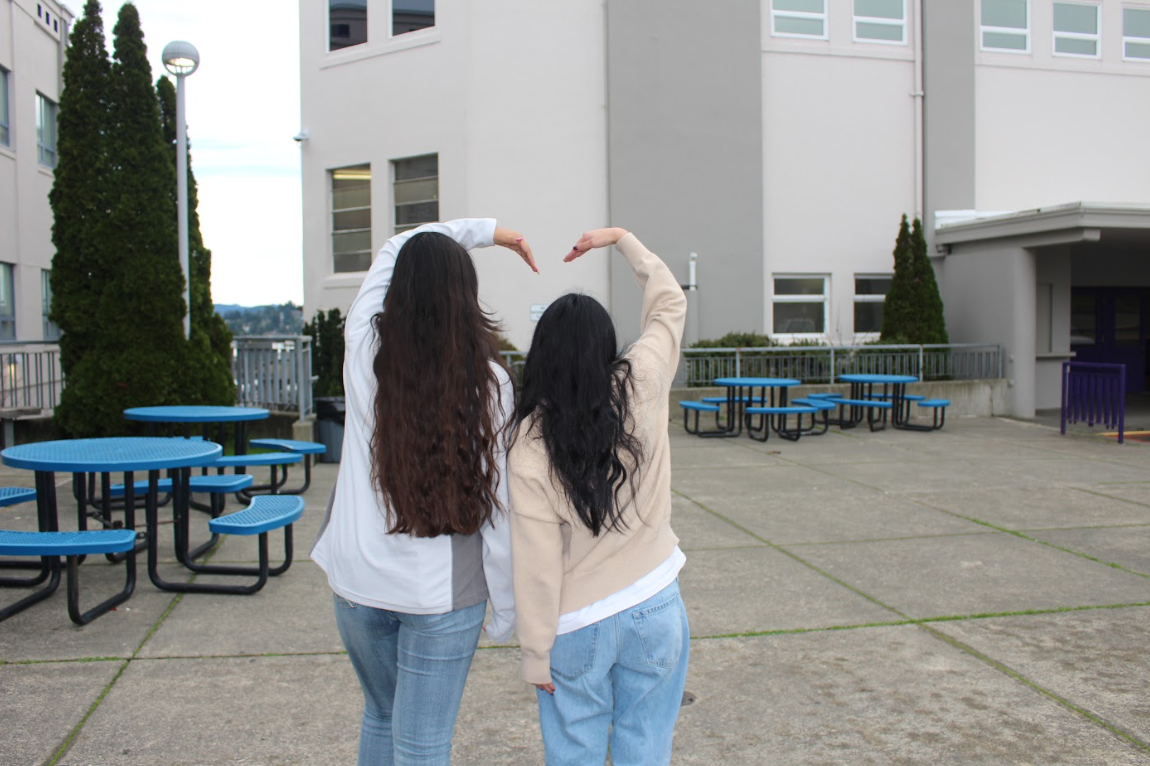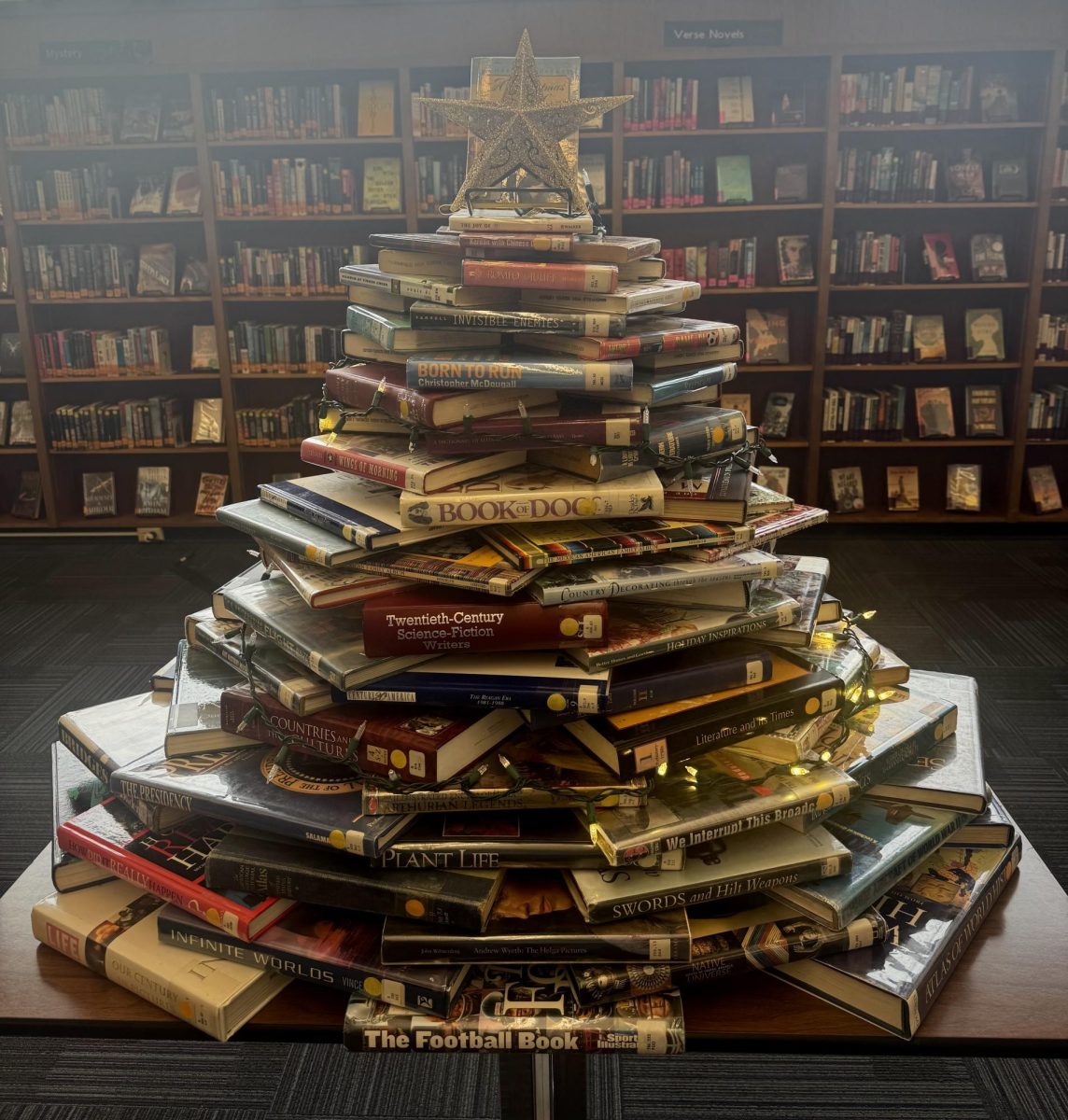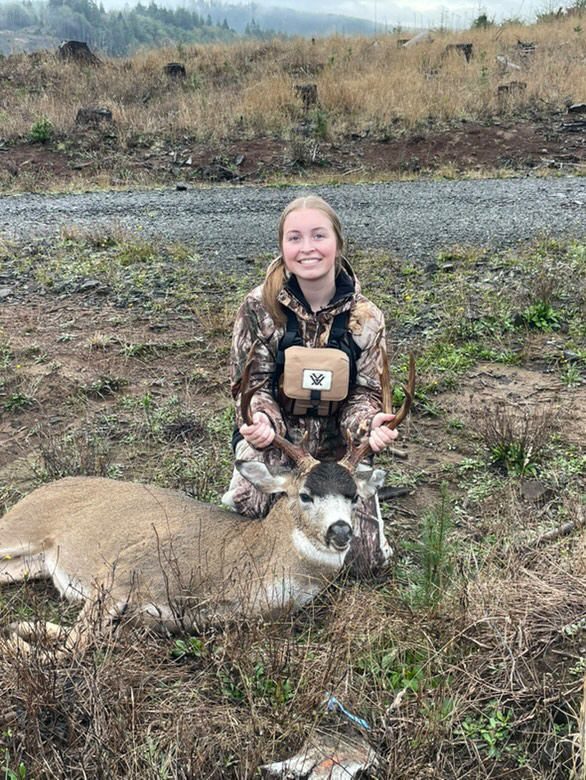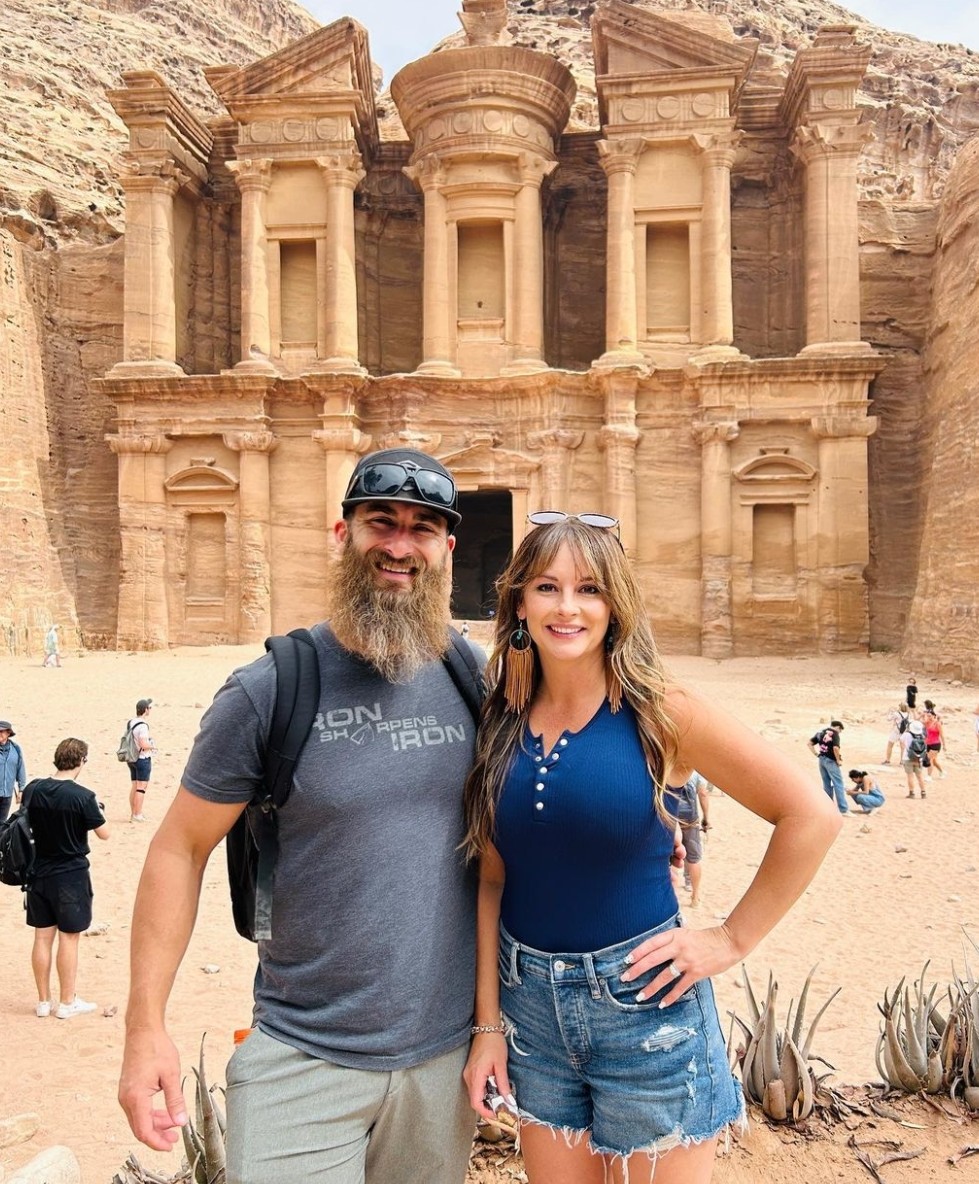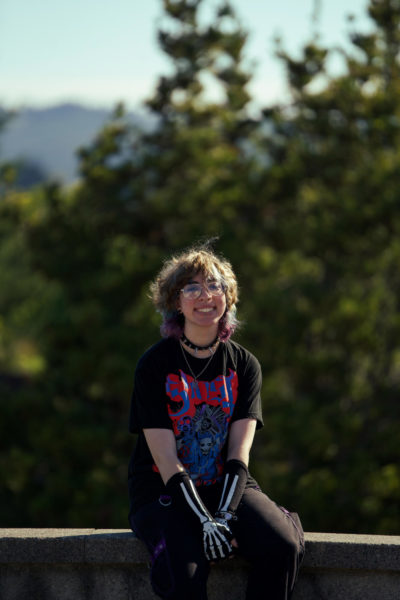Whether in a small town or urban area, graffiti is taking over. Under bridges, on abandoned buildings, behind older buildings and even in unreachable places, graffiti can be viewed in public spaces more today than in the past. Graffiti, identified as an art that is usually written or painted without permission, can range from written words to very elaborate wall paintings.
The surrounding controversy about graffiti can be very heated. Some people see it as art, while others view it as plain vandalism.
“I like graffiti,” said London Lindsey, a senior at Marshfield High School. “I like seeing graffiti because it’s colorful and cool. But most of the graffiti I’ve seen is just hateful stuff and that’s not cool. I think that’s just a waste of artistic potential.”
Multiple instances of graffiti around Coos Bay have been racist or anti-semitic, ranging from Nazi tags on sidewalks, train cars, bus shelters, and pump stations, to racist remarks and phrases on privately owned fences. But some graffiti is designed to look like art.
Then, there are other artworks around town that have taken over former homes of graffiti. These include the ocean-themed paintings on fire hydrants and electrical boxes throughout Coos Bay, and are displayed like a more elegant genre of graffiti. There are also many murals popping up around Oregon’s Bay Area–the Prefontaine murals on Broadway and the big art pieces on businesses such as Natural Grocers are good examples of artwork installed where graffiti used to live. Unlike graffiti, however, these pieces are carefully planned and created with permission.
Most of the graffiti seen around Coos County consists of big bubble letter words rather than designs, but as of today, most of it has ultimately been covered up. The general thought is that if graffiti is left on a building or structure, then more will follow, eventually filling the space.
There are a few pieces still remaining in Coos Bay; currently the most prominent places for graffiti are on train cars, behind buildings, and in the more secluded areas of town. Most people would expect the underside of the North Bend Bridge to be littered with graffiti, but it’s actually been very well maintained and covered up, with only a few faint outlines remaining. A couple of other instances are at the skatepark, public bathrooms and even all over the playground at the Blossom Gulch school.
“It went from art to just a tablet on the wall where they were just being vulgar and causing alarm,” says Officer Robert Scoville, Marshfield’s resource officer.
As graffiti becomes recognized more and more as an artform, proponents are left struggling with finding appropriate spaces to allow it. Coos Bay is home to hilly areas and plain, boring retaining walls. These would be ideal for bright graffiti art, but how to monitor appropriate graffiti art is not clear.
“It would really light up the town,” said London. “It would look less rundown. It would look more like we embrace creativity, we embrace this in a positive manner. It would send a really good message.”
Even those paid to clean it up can admit that there could be a place for graffiti art, if planned correctly. It could be monitored as it is created, and designed for artistic expression, rather than adding to racial tensions.
“Some of the stuff we see out there is pretty interesting,” said Scoville. “The artistic ability that people can do with a spray paint can. The malicious stuff I see, kids say they’re bored. Kids say they have nothing to do, it’s just excuses for being disrespectful to people’s property.”
Historically, graffiti has been interpreted as vandalism, but the trend is changing so that it is seen as cool and edgy.
“Not that I support vandalism,” said London. “If that is the only art that you can understand and do then that’s just what you’re gonna do as an artist. There’s people that are using it as self expression, coping mechanisms, just letting themselves out, just freedom of art–artistic expression.”

